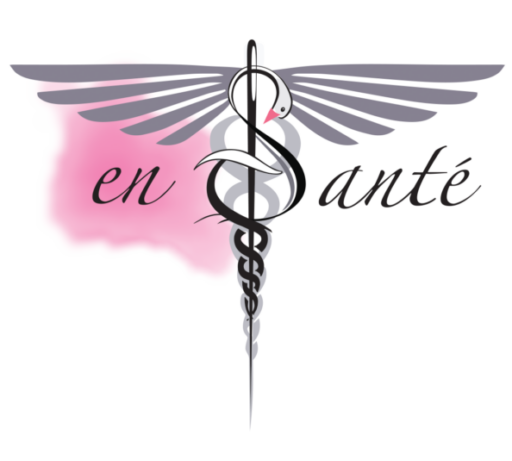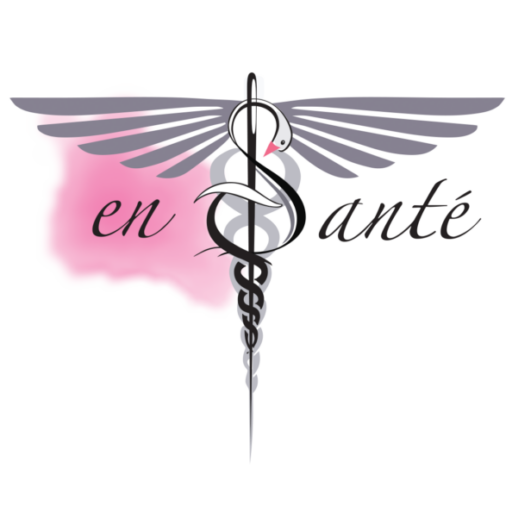
Getting back in shape after pregnancy
If you’ve had a baby, you’ve probably heard of the term mummy tummy. If you have noticed a persistent bulge especially in your upper belly, beneath the rib cage, there is a good chance you have Diastasis Recti. This happens due to excessive and persistent increase in abdominal pressure during pregnancy. The rectus abdominis muscles which are held together by the midline fascia (linea alba) stretches and splits open. This creates a defect above and below the umbilicus. While genetics may play a role in how quickly your body recoils back into place after pregnancy, There are other factors such as hormonal changes, pre-pregnancy abdominal strength, posture and post-pregnancy fitness. Interestingly, C-section and vaginal delivery can cause or exacerbate this separation in the midline.
During C-section deliveries, the facia between the rectus muscles are deliberately split open to create room for the baby to be delivered. There are two small muscles called pyramidalis at the base for the rectus muscles, stretching from the pubic bone towards the linea alba. If these muscles are cut or removed during a C-section, it can further weaken core strength. Likewise, during vaginal deliveries, the pelvic floor muscles are inevitably stretched and with lacerations during delivery, weakening of the pelvic floor muscles, affect core strength.
Diastasis recti may contribute to other problems women face after having a baby such as urinary incontinence, pelvic and back pain, poor posture and sometimes a conscious self image from what is referred to as the mommy tommy. Some women wear it as a badge of honor but for some the change in body shape can be a difficult adjustment as it affects general comfort, activity and what to wear.
Contrary to popular belief, diastasis recti does not have to be a permanent condition after having a baby. The rectus abdominis muscles and core can be strengthened to reduce and sometimes eliminate the separation completely with physiotherapy, exercise, muscle stimulation and in severe cases especially when there is also a hernia present, surgery.
For a simple, well studied and validated exercise regimen that can help bring you back to shape contact or send us a message


